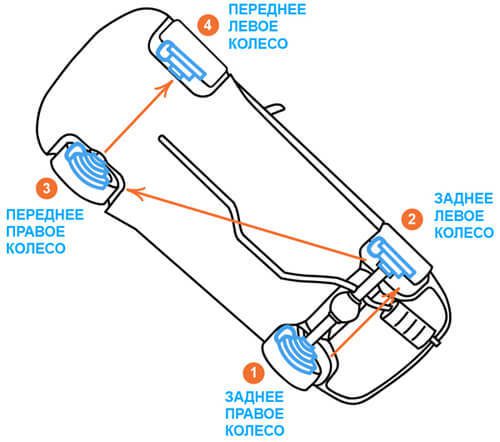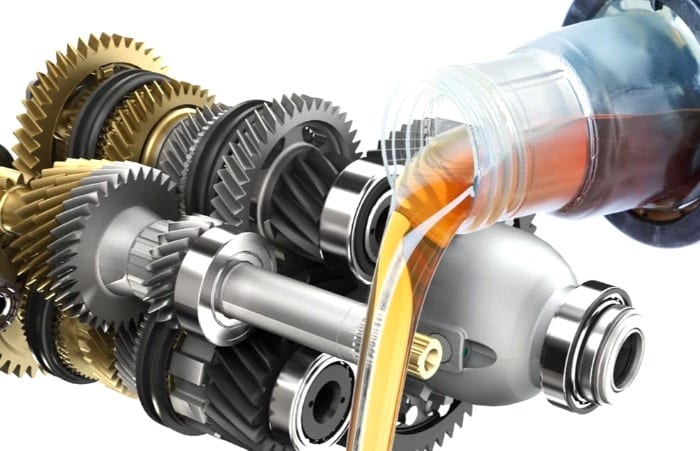
Gear oil
Content
Like engine oil, transmission grease plays an important role in preventing premature wear of friction parts and in cooling them. There is a huge variety of such materials. We will figure out how they differ from each other, how to choose the right oil for manual transmission and automatic transmission, what is the procedure for replacing them, and also how to replace the transmission oil.
The role of oil in the gearbox
Torque from internal combustion engine transmitted through the flywheel to the clutch discs of the gearbox. In the vehicle’s transmission, loads are distributed between the gears that are in contact with each other. Due to the change of pairs of gears of different sizes, the driven shaft of the box rotates either faster or slower, which allows you to change the speed mode of the car.
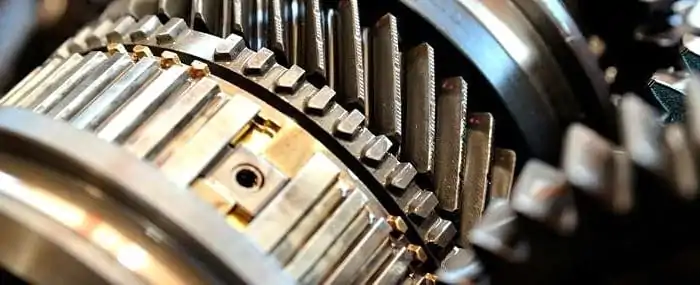
The load is transferred from the drive gear to the driven gear. The metal parts that come into contact with each other will quickly wear out and become unusable due to excessive heat. To eliminate these two problems, it is necessary to create a protective layer that reduces the production of metal as a result of tight contact of parts, as well as ensuring their cooling.
Transmission oil handles these two functions. This lubricant is not the same as motor oil (the classification and characteristics of such a lubricant are described in a separate article) The motor and transmission need their own type of lubricant.
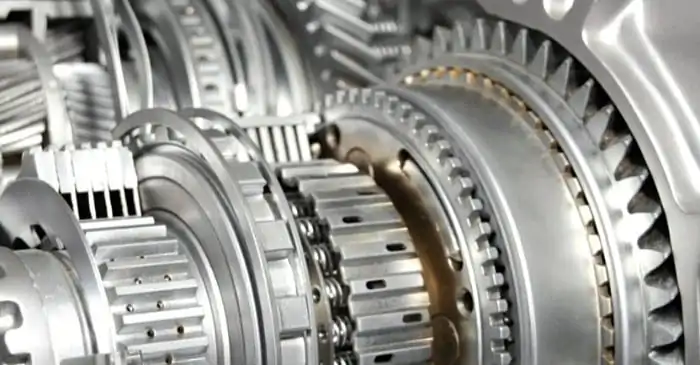
In automatic transmissions, in addition to the lubricating and heat-removing functions, oil plays the role of a separate working fluid involved in the transmission of torque to the gears.
Important properties
The composition of the oils for gearboxes includes almost the same chemical elements as in the analogues for lubricating the power unit. They differ only in the proportions in which the base and additives are mixed.
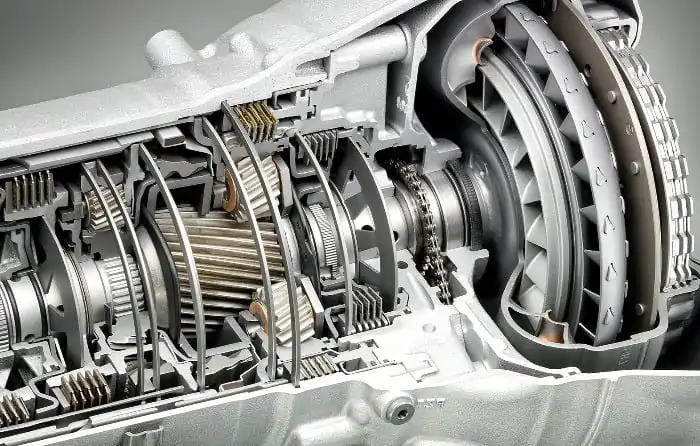
Additional substances in the lubricant are necessary for the following reasons:
- create a durable oil film that would prevent direct contact of metal elements (in the box, the pressure of one part on another is very high, so the film that is created by motor oil is not enough);
- the lubricant must maintain viscosity within normal limits, both at negative and at high temperatures;
- metal parts must be protected from oxidation.
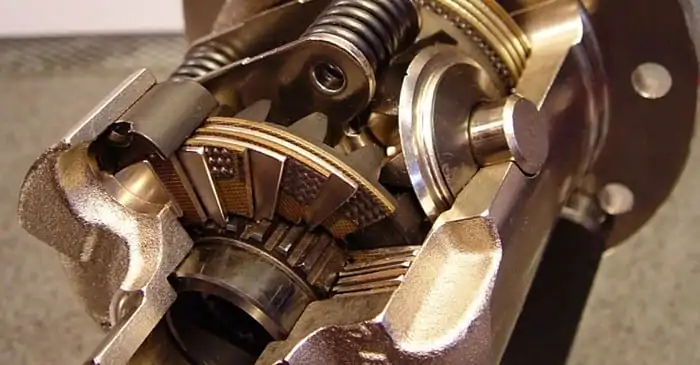
Off-road vehicles (SUVs) are equipped with a special transmission, which is able to withstand increased loads when the machine passes difficult sections of the road (for example, steep ascents and descents, marshlands, etc.). Such boxes require a special oil that can create a particularly strong film that can withstand such loads.
Types of essential oils
Each manufacturer creates its own combination of additives, although the base remains virtually unchanged. There are three varieties of these foundations. Each of them is designed for a separate type of device and has individual characteristics.
Synthetic base
The main advantage of such bases is their high fluidity. This property allows the use of grease in the boxes of cars that are operated at low winter temperatures. Also, such a lubricant often has an increased (compared to mineral and semi-synthetic) working life.
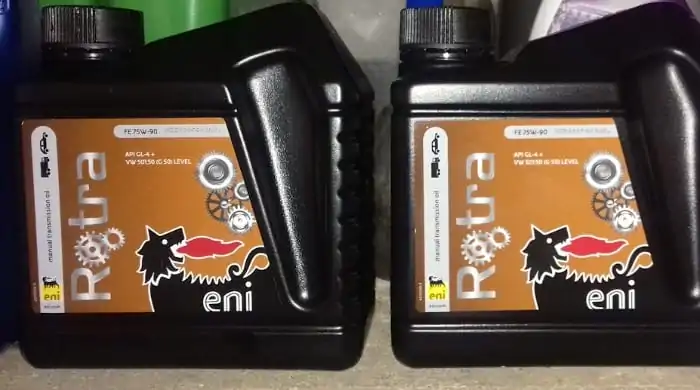
At the same time, for cars with high mileage, this indicator is the most important drawback. When the lubricant in the transmission heats up, its fluidity rises so much that it can seep through the seals and gaskets.
Semi-synthetic base
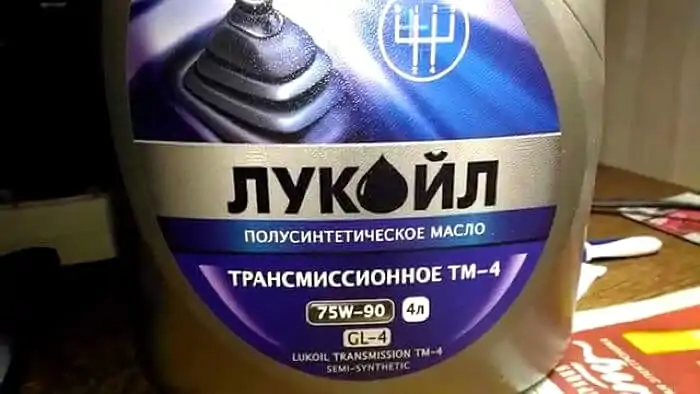
Semisynthetic oils are a cross between mineral and synthetic analogues. Among the advantages over the “mineral water” is the best efficiency when operating the car in cold and hot weather. Compared to synthetics, it is cheaper.
Mineral base
Mineral-based lubricants are often used on older high-mileage vehicles. Due to their low fluidity, these oils do not leak on the seals. Also, such gear oil is used in mechanical boxes.
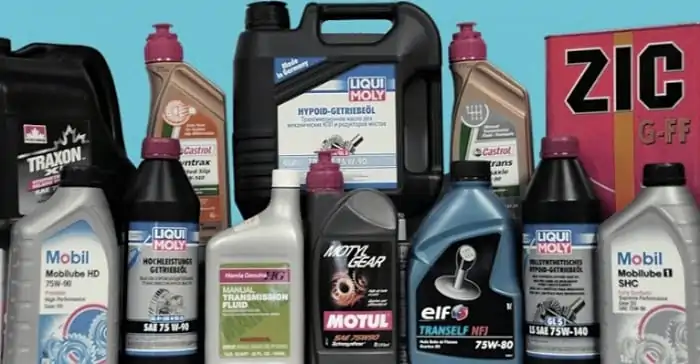
To increase efficiency at high loads and improve lubricant performance, manufacturers add special additives to its composition containing sulfur, chlorine, phosphorus and other elements (their quantity is determined by the manufacturer himself by testing prototypes).
Oil difference by box type
In addition to the base gear oils are divided into lubricants for mechanical and automatic gearboxes. Due to differences in the mechanisms of torque transmission, each of these mechanisms requires its own lubricant, which will have characteristics that can withstand the corresponding loads.
For manual transmission
В manual gearboxes fill in oils marked MTF. They perfectly cope with the task of reducing the mechanical loads of gear joints, lubricate them. Such fluids contain anti-corrosive additives, so that the parts do not oxidize during vehicle downtime.

This category of lubricant must have anti-seize properties. And in this case, there is some contradiction. To remove the load between the pinion and pinion gears, a soft and sliding film is required. However, to reduce the formation of scoring on their surfaces, the opposite is required - a more rigid coupling. In this regard, the composition of the transmission lubricant for manual transmissions includes such additional substances that make it possible to achieve a “golden mean” between reduced load and extreme pressure properties.
For automatic transmission
In automatic gearboxes, the loads are distributed somewhat differently compared to previous types of transmissions, therefore, the lubrication for them must be different. In this case, the canister will be marked accordingly - ATF (the most common for most "machines").
In fact, these fluids have similar characteristics as the previous ones - anti-seize, anti-corrosion, cooling. But for the lubrication of "automatic machines" the requirements for viscosity-temperature characteristics are more stringent.
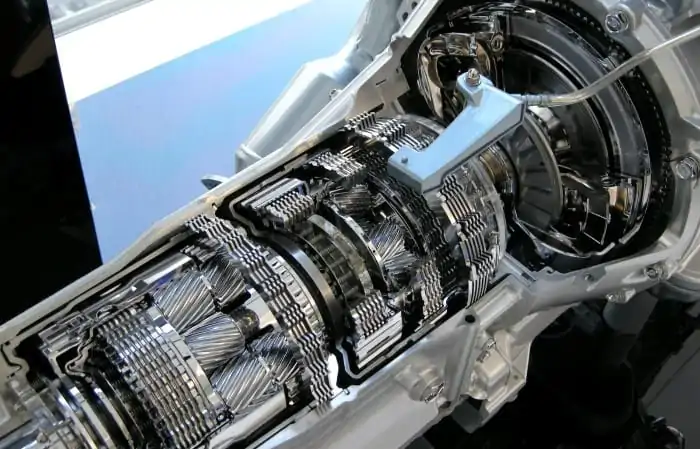
Automatic transmissions exist of different types, and for each of them manufacturers strictly regulate the use of a particular oil. The following modifications are distinguished:
- Gearbox with torque converter. The lubricant in such transmissions additionally plays the role of a hydraulic fluid, therefore the requirements for it are more stringent - especially with regard to its fluidity.
- CVT. There is also a separate oil for these types of transmissions. The cans of these products will bear the CVT marking.
- Box "robot". It operates on the principle of a mechanical analogue, only in this clutch and gearshift controls the electronic control unit.
- Dual clutch transmission. To date, there are many modifications of such devices. Creating their “unique” transmission, manufacturers impose strict requirements on the use of lubricant. If the owner of the car ignores these instructions, then in most cases the car is removed from the warranty.
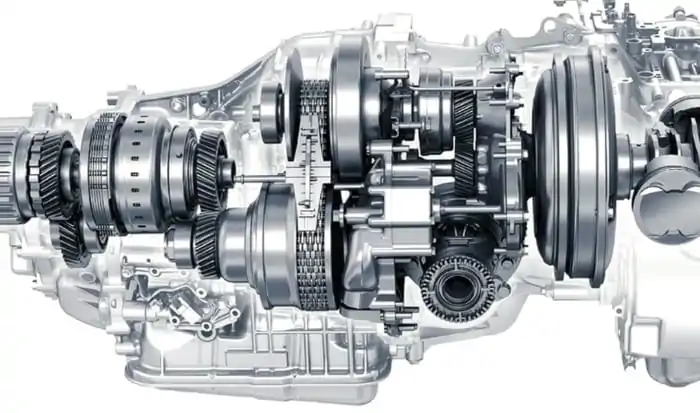
Since the oils for such transmissions have an “individual” composition (as stated by the manufacturers), they cannot be classified by API or ACEA in order to find an analogue. In this case, it would be better to listen to the manufacturer's recommendations, and buy the one indicated in the technical documentation.
Oil classification by viscosity
In addition to the concentration of various additives, transmission lubricants vary in viscosity. This substance should provide a dense film between the parts contacting under pressure at high temperatures, but in the cold should not be excessively thick so that you can freely change gears.
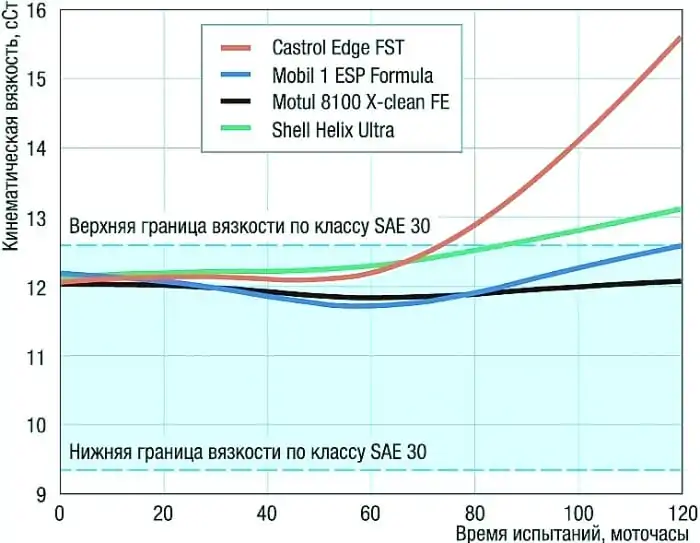
In connection with such factors, three categories of oils were developed:
- Summer
- Winter;
- All season.
This classification will help the motorist to select the appropriate oil for the climate zone in which the car is operated.
| Class (SAE): | Ambient air temperature оС | Viscosity mm2/from |
| Recommended in winter: | ||
| 70w | -55 | 4.1 |
| 75w | -40 | 4.1 |
| 80w | -26 | 7.0 |
| 85w | -12 | 11.0 |
| Recommended in summer: | ||
| 80 | +30 | 7.0-11.0 |
| 85 | +35 | 11.0-13.5 |
| 90 | +45 | 13.5-24.0 |
| 140 | +50 | 24.0-41.0 |
In the CIS countries, multigrade gear oils are mainly used. On the container of such materials is the designation 70W-80, 80W-90 and so on. A suitable category can be selected using the table.
By operational characteristics, such materials are still divided into classes from GL-1 to GL-6. Categories one through three in modern cars do not use, because they were created for mechanisms experiencing low loads at relatively low speeds.
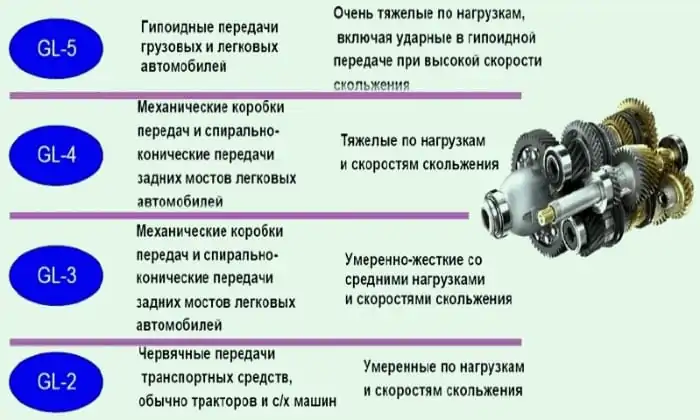
The GL-4 category is intended for mechanisms with contact stress up to 3000 MPa and heating the oil volume up to 150оC. The temperature regime of operation of the GL-5 class is identical to the previous one, only the loads between the contact elements must be higher than 3000 MPa. Most often, these oils are used in especially loaded units, such as rear-wheel drive cars. Using this type of grease in a normal box can lead to deterioration of synchronizers, since the sulfur that is part of the grease reacts with the non-ferrous metals from which these parts are made.
The sixth class is rarely used in gearboxes, as it is intended for mechanisms with high speeds of rotation, significant torque, in which shock loads are also present.
Gearbox oil change
The scheduled maintenance of the car includes various procedures for the replacement of technical fluids, greases and filter elements. Changing gear oil is included in the list of required maintenance work.

Exceptions are transmission modifications, into which special grease is poured from the factory, which does not need to be replaced throughout the entire service life of the car set by the manufacturer. Examples of such machines are: Acura RL (automatic transmission MJBA); Chevrolet Yukon (automatic transmission 6L80); Ford Mondeo (with automatic transmission FMX) and others.
However, gearbox breakdowns can also occur in such vehicles, which is why diagnostics must still be carried out.
Why change gear oil?
An increase in temperature in the lubricant over 100 degrees leads to the gradual destruction of additives included in its composition. Because of this, the protective film becomes less quality, which contributes to a greater load on the contact surfaces of the engaging parts. The higher the concentration of spent additives, the higher the likelihood of foaming oil, due to which lubricating properties are lost.
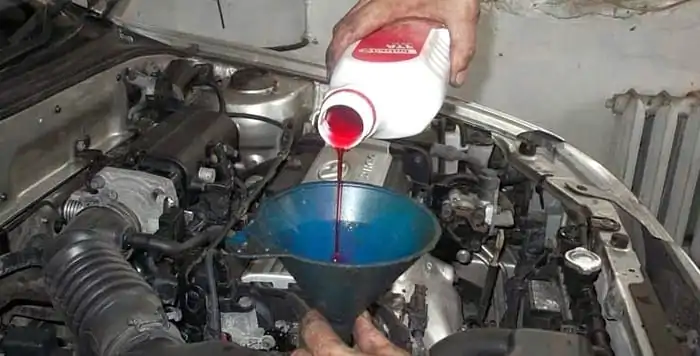
In winter, the gearbox mechanism is especially stressed due to old oil. Spent lubricant loses its fluidity and becomes thicker. In order for it to lubricate gears and bearings qualitatively, it needs to be heated. Since thick oil does not lubricate parts well, the first time the trip is running, the transmission runs almost dry. This increases the wear of the parts, they appear scuffing and chips.
Untimely replacement of the lubricant will lead to the fact that the speeds will switch worse or turn off independently, and in automatic boxes the foamed oil will generally prevent the machine from moving.
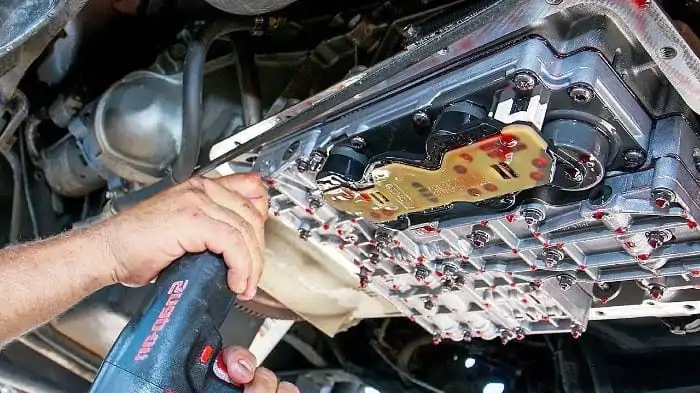
If the motorist uses the wrong lubrication category, the box may work with less efficiency, which will necessarily lead to failure of parts subjected to excessive loads.
In view of the above and other related problems, each motorist must adhere to two rules:
- Follow the regulations for the replacement of lubricant;
- Follow the manufacturer's recommendations regarding the type of oil for this car.
When a box oil change is needed
To determine when to drain the old oil and refill the new one, the driver must remember that this is a routine procedure. Manufacturers often set a threshold of 40-50 thousand mileage. In some cars, this period is increased to 80 thousand. There are such cars, the technical documentation of which indicates the mileage of 90-100 thousand km. (for mechanics) or 60 km (for "automatic"). However, these parameters are based on near-ideal operating conditions.
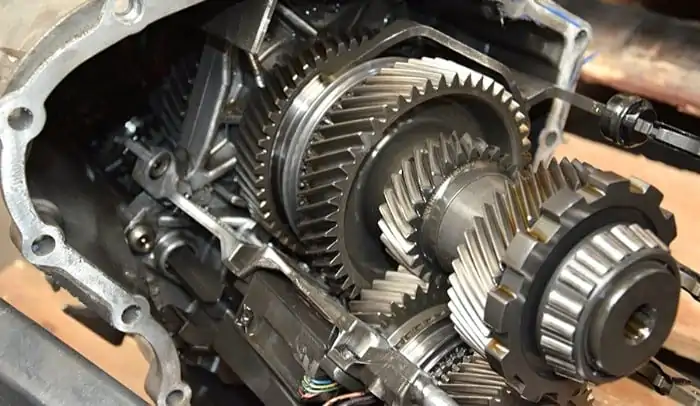
In most cases, the car’s transmission operates in a mode close to extreme, so the actual regulation is often reduced to 25-30 thousand. Particular attention should be paid to the CVT transmission.
There are no planetary gears in it, and the torque is supplied continuously. Since the parts in the mechanism are subjected to excessive loads and high temperatures, it is important to use the appropriate oil in such modifications. For greater reliability, professionals recommend changing the lubricant after 20-30 thousand mileage.
How to replace gear oil?
The ideal option for replacing transmission fluid is to take the car to a service center or service station. There, experienced craftsmen know the intricacies of the procedure for each modification of the box. An inexperienced motorist may not take into account that in some boxes a small percentage of old grease remains after draining, which will serve to accelerate the “aging” of new oil.
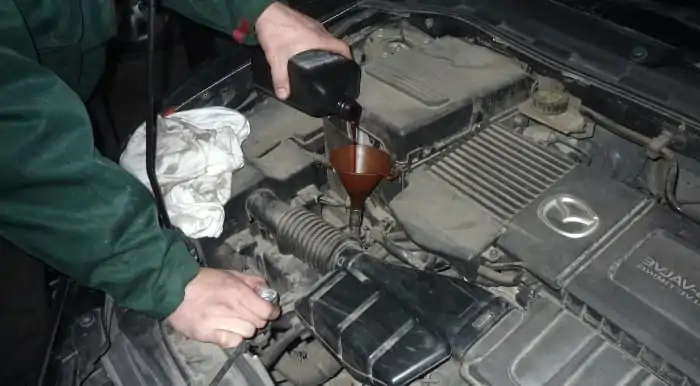
Before deciding on an independent replacement, it is also important to take into account that each modification of the gearbox has its own structure, so maintenance will occur differently. For example, in many Volkswagen cars, when changing the oil, it is necessary to change the gasket (made of brass) of the drain plug. If you do not take into account the subtleties of the procedure for individual car models, sometimes MOT leads to a breakdown of the mechanism, and does not protect against premature wear.
Self-replacement of transmission fluid manual transmission and automatic transmission occurs according to different algorithms.
Manual transmission oil change
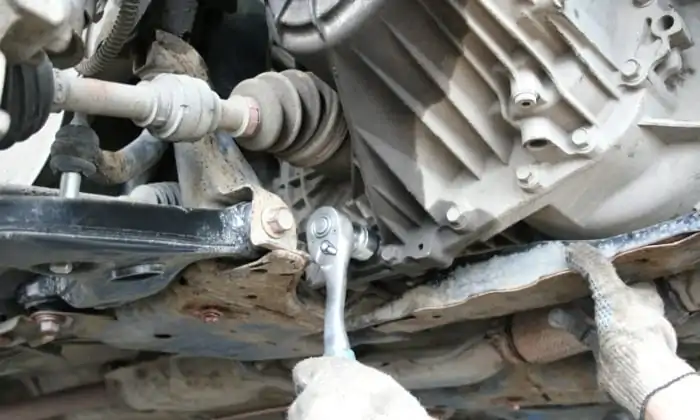
The procedure is carried out in the following sequence.
- You need to heat the oil in a box - drive about 10 kilometers.
- The car is put on a flyover or driven into a viewing hole. The wheels are fixed so that the car does not roll away.
- The box has a drain and filler holes. You must first find out about their location from the technical documentation of the machine. Logically, the drain hole will be located at the very bottom of the box.
- The bolt (or plug) of the drain hole is unscrewed. Oil will flow into a container that has previously been placed under the gearbox. It is important to make sure that the old grease has completely spilled out of the box.
- Screw in the drain plug.
- Fresh oil is poured through a filler hole using a special syringe. Some use a hose instead of a syringe with a watering can connected to it. In this case, it is practically impossible to avoid oil overflow. Depending on the model of the box, the level is checked with a probe. If it is not, then the guideline will be the edge of the filler hole.
- The oil filler plug is twisted. You need a little ride in quiet mode. Then the oil level is checked.
Automatic oil change
The replacement of lubricating fluid in automatic transmissions is partial and full flow. In the first case, about half of the oil is drained through the drain hole (the rest remains in the nodes of the box). Then new grease is poured. This procedure does not replace, but updates the oil. It is carried out with regular maintenance of the car.
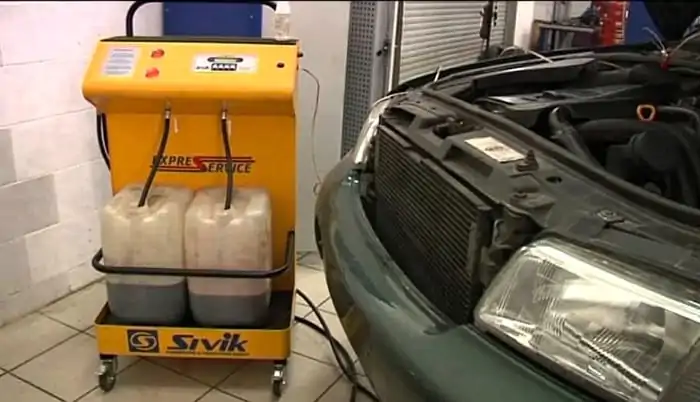
Full-flow replacement should be carried out using a special device, which is most often connected to the cooling system and replaces the old grease with a new one. It is performed when the car has passed more than 100 thousand km., When problems arise with gear shifting or when the unit has repeatedly overheated.
This procedure requires a lot of time and money, since when pumping (and, if necessary, flushing), an almost double volume of technical fluid is required.
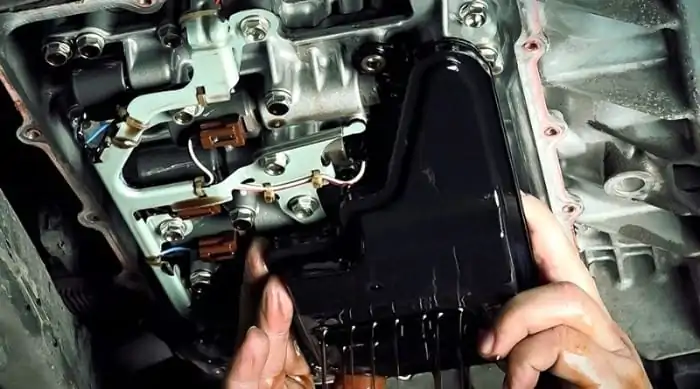
For independent full oil change in the “machine”, the following steps will be required:
- The transmission fluid is warming up. The cooling hose coming from the box to the radiator is disconnected. It is lowered into a container for draining.
- The gear selector is in neutral. The engine starts to operate the box pump. This procedure should not last longer than a minute.
- When the engine is turned off, the drain plug is unscrewed and the remaining liquid is drained.
- A little more than five liters of oil should be poured through the filler hole. Through the hose of the cooling system, two more liters are pumped with a syringe.
- Then the engine starts and about 3,5 liters of fluid is drained.
- The engine is jammed and poured 3,5l. fresh butter. This procedure is performed 2-3 times until clean grease flows out of the system.
- Work is completed by replenishment of the volume to the level set by the manufacturer (checked by a probe).
It is worth considering that automatic transmissions may have a different device, so the subtleties of the procedure will also differ. If there is no experience in performing such work, then it is better to entrust it to professionals.
How to protect the box from premature replacement?
Timely maintenance of the car increases the resource of parts under load. However, some driver habits can “kill” the box, even if the maintenance recommendations are followed. If a malfunction occurs, advice from a separate article will help in their elimination.
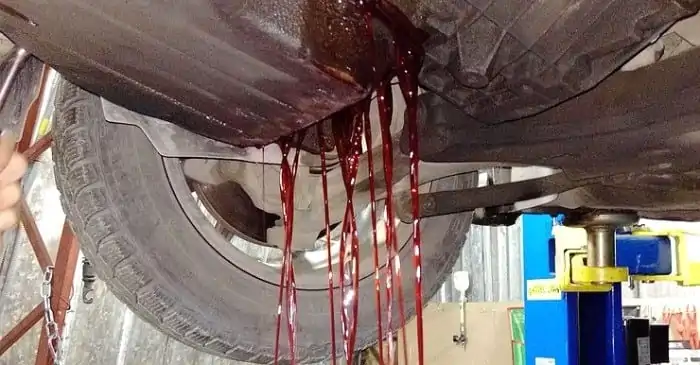
Here are typical actions that often lead to repair or replacement of a gearbox:
- Aggressive riding style.
- Frequent driving at speeds close to the limit for a particular car.
- The use of oil that does not meet the requirements of the manufacturer (for example, fluid in an old car imperceptibly seeps through the seals, because of which the level in the box decreases).
To increase the working life of the gearbox, it is recommended that drivers smoothly release the clutch pedal (on the mechanics), and when operating the automatic transmission, follow the recommendations for switching the selector. Smooth acceleration will also be useful.

Periodic visual inspection of the vehicle for leaks will allow time to identify a malfunction and prevent a larger breakdown. The appearance of sounds uncharacteristic for this transmission model is a good reason for a visit to the diagnosis.
Conclusion
When choosing oil for a car transmission, you should not be guided by the cost of production. Not always the most expensive transmission fluid will be the best for a particular machine. It is extremely important to follow the recommendations of the manufacturer, as well as professionals who understand the intricacies of the mechanism. Only in this case, the gearbox will last even longer than the period declared by the manufacturer.
Questions and answers:
What kind of oil to fill in the gearbox? For older models, SAE 75W-90, API GL-3 is recommended. In new cars - API GL-4 or API GL-5. This is for the mechanics. For the machine, you must adhere to the manufacturer's recommendations.
How many liters of oil is in a mechanical box? It depends on the type of transmission. the volume of the oil reservoir varies from 1.2 to 15.5 liters. The exact information is indicated by the car manufacturer.
